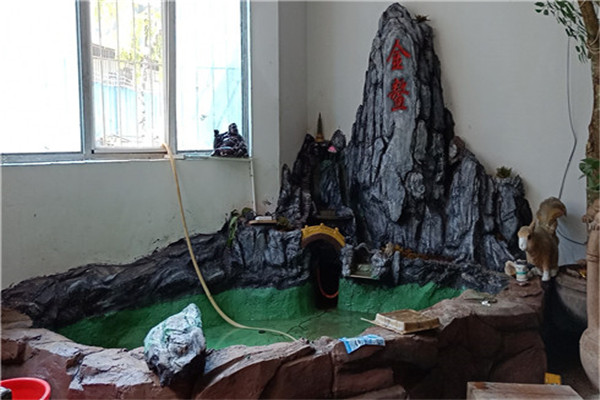
Full name of GRC component: GRC building detail decoration component. Abbreviation of the specification: GRC building details. Because the name of GRC building detail decoration component is too long to remember, lines are often referred to as GRC components. Because of the prevalence of European customs in recent years, they are also often called GRC European components, GRC Roman columns, GRC eaves lines, GRC decorative lines, GRC corner lines, GRC door and window covers, GRC vase railings, etc. According to the national standard Code for Acceptance of Construction Quality of Building Decoration Engineering (GB50210-2001) issued by the Ministry of Construction, GRC building detail decoration component belongs to one of the building components in the detail project of building decoration engineering. The product is to mix the raw materials according to a certain proportion, and Hainan sculpture is poured into the mold, which can produce products with rich shapes and diverse textures. According to the different needs of customers and designers, we can carry out arbitrary art modeling to perfectly realize the designer's design dream.
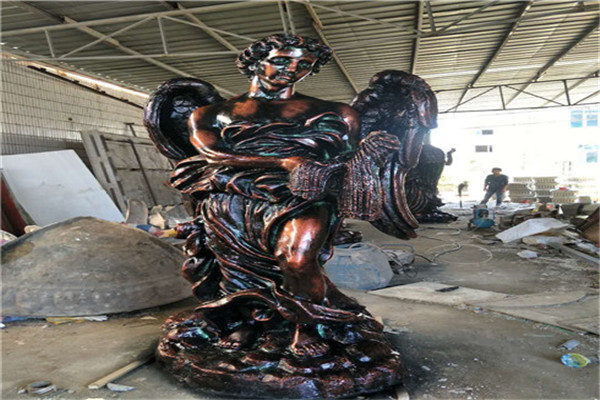
From the perspective of development, sculpture can be divided into traditional sculpture and modern sculpture. Traditional sculpture is a visual, tactile and static three-dimensional art form molded with traditional materials; Modern sculpture uses new materials to make anti traditional four-dimensional, five-dimensional, acousto-optic, soft and dynamic sculptures. According to traditional materials, recommend Sculpture Design According to environment and function, it can be divided into urban sculpture, garden sculpture, indoor sculpture, outdoor sculpture, desk sculpture, shelf sculpture, etc. There are many kinds of sculpture materials, such as clay, stone, wood, metal, gypsum, resin, ivory, etc. Then several categories were developed: wood carvings: wood carvings have a long history. Most of the early themes were centered on religion. In addition to religious icons, they were also used for the decoration of altars and religious places. In countries where wood building flourishes, wood carving develops with architecture. Modern wood carvings have quite diversified styles and features, and artists like to use abstract forms to express them. In addition, wood carving is also an important contributor to the invention of printing. Please see woodcut prints for details; Stone carving: The regions where stone carving is developed have a lot to do with where the stones suitable for carving are produced. The regions where stone carving is developed have a long history of stone carving. Ding'an Sculpture Design In the past, stone carvings were often used as decorations of gardens, signs of doorways, or architectural decorations of mausoleums. Because the stone is thick (not easy to be stolen), and the details of carvings are not easy to be damaged by wind and rain, stone carvings are mostly in outdoor environments. The common stone carving material is marble. There are clay sculptures, ice sculptures, sand sculptures, metal sculptures and pottery.
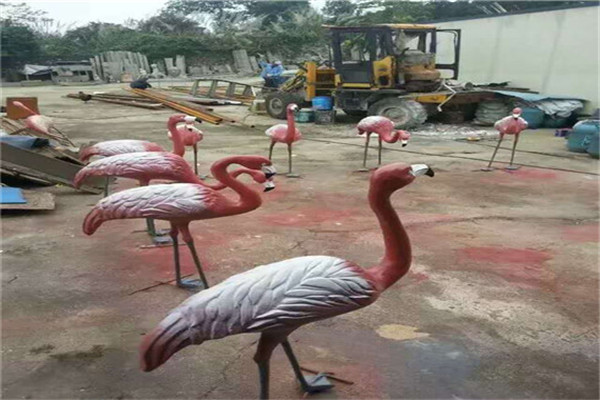
The art of carving various patterns and images on stones, usually also refers to sculpture handicrafts carved from stones. Chinese stone carving can be divided into bluestone carving, marble carving, white marble carving, talc carving, black crystal stone carving, colored stone carving, pebble carving, etc. Hui'an, Fujian, is famous for its bluestone carvings for architectural decoration and stone lions, among which the mouth of the stone lion contains stone beads that roll freely, and is famous in Southeast Asia. The marble carving in Yunnan is made from the marble of Diancang Mountain. Its patterns are like colored mountains and rivers, or dangerous peaks and valleys, or waterfalls follow the clouds. The inlaid furniture is unique. White marble carvings in Quyang, Hebei, Fangshan, Beijing and other places were mainly used for palace architectural decoration in the Ming and Qing dynasties, such as Huabiao, stone lions, railings, etc; Modern times are used for decoration of public and memorial buildings, such as the Great Hall of the People, the Monument to the People's Heroes, Chairman Mao's Memorial Hall, etc. Talc carvings in Haicheng, Liaoning Province and Laizhou, Shandong Province use small and cute animals as traditional varieties. The carvings of black crystal stone in Dongkou, Hunan and Lichuan, Hubei are dark and bright. Caishi carving is mainly produced in Qingtian, Zhejiang, Shoushan, Fuzhou and Liuyang, Hunan. Pebble carvings are mainly produced in Lanzhou, Shenyang and other places. Stone carving techniques include intaglio (contour carving), shadow carving, relief, round carving (complete three-dimensional carving without any background), and openwork (also known as openwork). Shadow carving is a unique technique of Fujian Hui'an bluestone carving. It uses steel drills of different sizes to chisel on the bluestone, and uses the size, depth and density of the drill points to express the images of landscapes, birds, animals, people, flowers, etc.
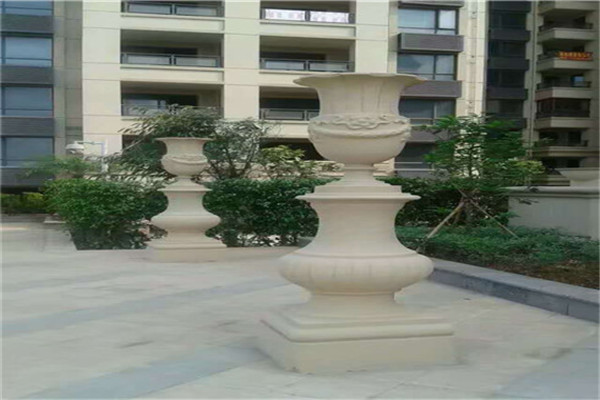
European style components, also known as GRC European style decorative components. GRC is the abbreviation of Glass Fiber Reinforced Cement. Hainan GRC component is a composite material invented and widely used abroad in the 1970s. It is a new composite material made of fast hardening Portland cement and alkali resistant glass fiber mixed with appropriate additives. It combines light weight, high strength, high toughness, water resistance, incombustibility, sound insulation, heat insulation, easy processing and other characteristics. Hainan EPS has a unique position in building materials. It is mainly used to make interior and exterior decoration components of European style buildings to meet the needs of European style decoration.
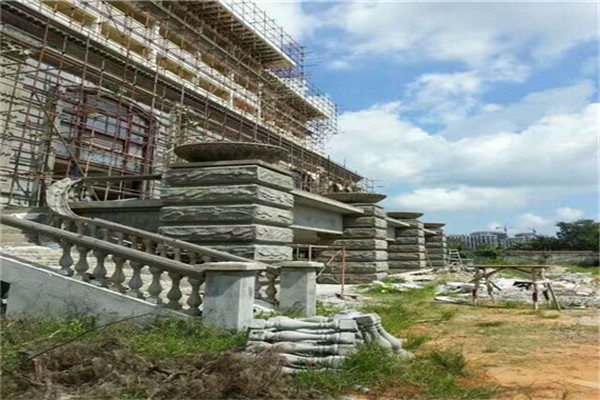
Among Chinese stone animal carvings, stone lion carvings have a unique style and can be produced in countless quantities. They are widely used for decoration, such as the stone lion carvings on both sides of the gates of imperial palaces, houses, government offices, temple shaped tombs, modern large-scale commercial buildings, hotels and restaurants, and the stone lion decorative carvings on bridges, monuments and workshops. The body shape of stone lions varies in various ways, such as standing, squatting, lying, and so on, with various shapes and often regional differences. The stone lions are carved from a wide range of materials, mostly sandstone, marble and granite. There are many kinds of stone carvings, such as cliff paintings, natural colored stone paintings, inlaid stone murals and stone screen carvings; Stone carvings of famous inkstones such as Duanxiyu, Lu, Taohe, Songhua, Temple of Heaven (or Pangu) and Helan; Paperweights, stationery stone carvings; Tea sets, wine sets, smoke stone sets, lamps and lanterns, table, chair, stool, tea table and other daily necessities, such as craft stone carvings, which are large in number and well made; Inkstone carvings and other unique styles have become a wonderful flower of Chinese stone culture: inlaid stone murals are a new masterpiece of contemporary stone carving art. The colorful stone landscape carvings in the hall on the first floor of the Central Television Tower, completed by Nu Skin, are magnificent and amazing.





